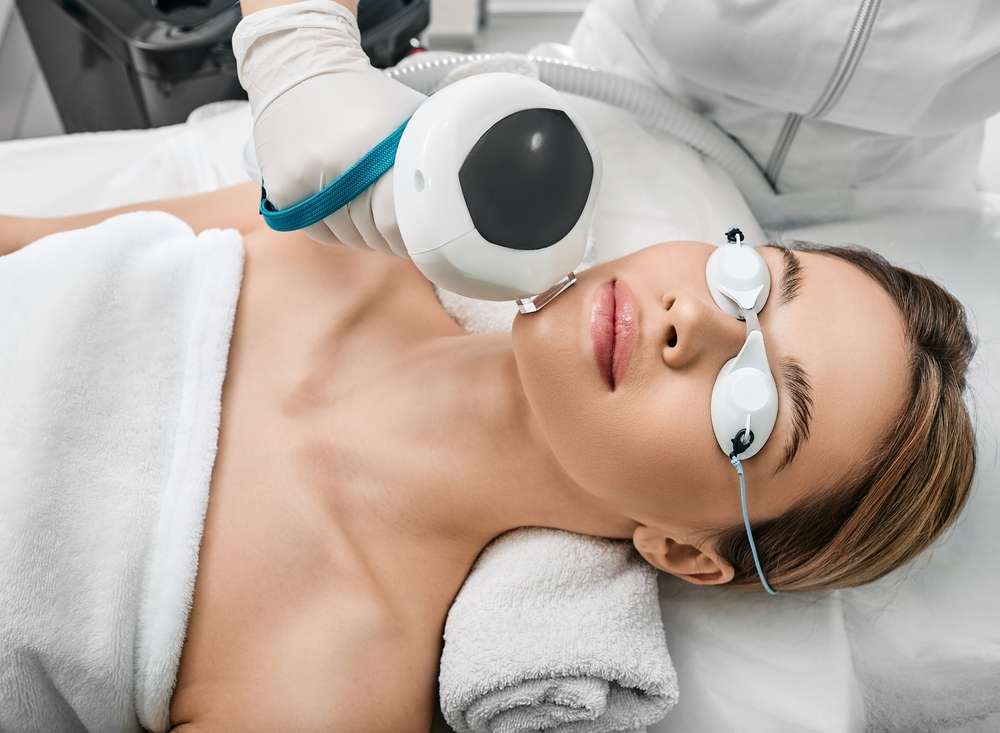Dark Circle Laser Treatment: Options and What You Need to Know
Dark circles under the eyes can be a persistent cosmetic concern that affects people of all ages. While topical creams and home remedies may provide limited results, laser treatments have emerged as an advanced solution for addressing this common issue. Understanding the various laser treatment options, their mechanisms, and effectiveness can help you make an informed decision about whether this approach is right for your specific situation.

Dark circles under the eyes are among the most common cosmetic complaints, affecting millions of people worldwide regardless of age or skin type. These discolorations can make individuals appear tired, older, or unhealthy, often leading to decreased confidence in their appearance. Modern dermatology has developed sophisticated laser treatments that target the underlying causes of dark circles, offering hope for those seeking effective solutions.
What Are Dark Circles and Why Do They Occur?
Dark circles manifest as discoloration beneath the eyes, typically appearing as brown, purple, or bluish shadows. Several factors contribute to their development, including genetics, aging, lifestyle choices, and underlying medical conditions. Thin skin around the eyes makes blood vessels more visible, while loss of collagen and fat padding can create hollowing that casts shadows. Hyperpigmentation from sun exposure, allergies, or inflammation can also darken the under-eye area. Understanding these root causes is essential for determining the most appropriate treatment approach.
Introduction to Laser Treatments
Laser technology has revolutionized cosmetic dermatology by offering precise, targeted treatments for various skin concerns. For dark circles, lasers work by addressing specific underlying issues such as pigmentation irregularities, vascular problems, and skin texture concerns. Different types of lasers emit specific wavelengths of light that target particular chromophores in the skin, allowing for customized treatment approaches. The controlled energy delivery stimulates cellular regeneration while minimizing damage to surrounding tissues.
Understanding Dark Circle Laser Treatment Options
Several laser modalities are available for treating dark circles, each designed to address specific causes. Fractional CO2 lasers help improve skin texture and stimulate collagen production, reducing the appearance of fine lines and tightening loose skin. Q-switched lasers target melanin deposits responsible for hyperpigmentation, breaking down excess pigment particles. Vascular lasers address prominent blood vessels that contribute to discoloration. IPL (Intense Pulsed Light) treatments can simultaneously target multiple concerns including pigmentation and vascular issues. The choice of laser depends on individual skin characteristics, the primary cause of dark circles, and desired outcomes.
| Treatment Type | Provider Examples | Cost Estimation |
|---|---|---|
| Fractional CO2 Laser | Dermatology clinics, Medical spas | $800-$2,500 per session |
| Q-switched Laser | Cosmetic surgery centers, Skin clinics | $300-$800 per session |
| Vascular Laser Treatment | Medical aesthetic practices | $400-$1,200 per session |
| IPL Therapy | Dermatology offices, Beauty centers | $200-$600 per session |
Prices, rates, or cost estimates mentioned in this article are based on the latest available information but may change over time. Independent research is advised before making financial decisions.
Treatment Process and Recovery Considerations
Laser treatments for dark circles typically require multiple sessions spaced several weeks apart to achieve optimal results. During the procedure, protective eyewear is essential, and topical anesthesia may be applied for comfort. Treatment duration varies from 15 minutes to an hour depending on the laser type and treatment area. Post-treatment care involves protecting the treated area from sun exposure, applying prescribed topical medications, and avoiding harsh skincare products. Mild swelling, redness, or temporary darkening may occur but typically resolves within a few days to weeks.
Expected Outcomes and Realistic Expectations
Results from laser treatments for dark circles vary significantly based on individual factors including skin type, the underlying cause of discoloration, and treatment compliance. Some patients notice improvement after the first session, while others require multiple treatments to see significant changes. Complete elimination of dark circles may not always be achievable, particularly when genetic factors or structural issues are involved. Maintenance treatments may be necessary to sustain results over time. Consulting with qualified dermatologists or cosmetic surgeons helps establish realistic expectations and develop appropriate treatment plans.
Laser treatments represent a promising advancement in addressing dark circles, offering targeted solutions for various underlying causes. While these procedures can provide significant improvements for many patients, success depends on proper candidate selection, appropriate laser choice, and realistic expectations. The investment in professional laser treatment may be worthwhile for those seeking long-term improvement in their under-eye appearance, but thorough consultation and research remain essential steps in the decision-making process.
This article is for informational purposes only and should not be considered medical advice. Please consult a qualified healthcare professional for personalized guidance and treatment.




